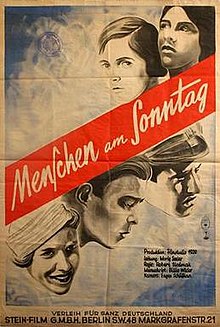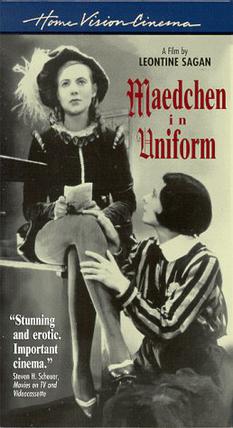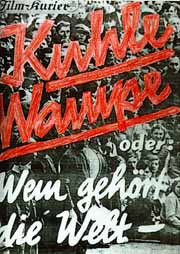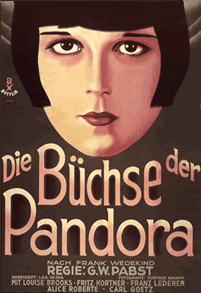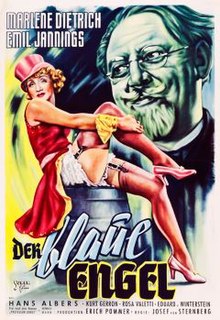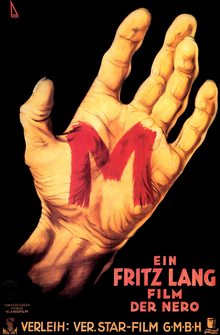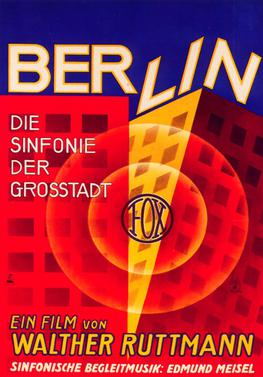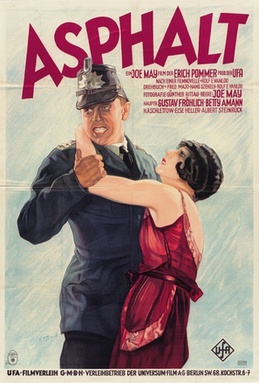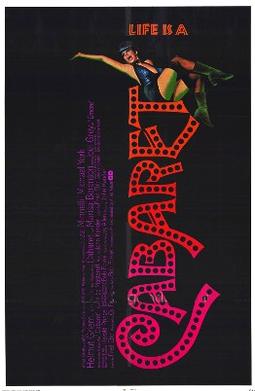There’s officially one month left until the release of The Most Dazzling Girl in Berlin (out March 29, 2022!). With the clock ticking, I’m excited to share today one more essential piece of my research: films!
The initial spark of inspiration for this book came from a film from the era.
Menschen am Sonntag (“People on Sunday”) is a 1930 film about young people making a living in Berlin at a time when Sunday was normally the only day workers had off every week. I was captivated by this slice-of-life film set in the last years of freedom before the Nazis came to power.
But I also knew that this fascinating glimpse didn’t tell the full story of Berlin at the time. As part of my research, I watched (or re-watched) many other exciting films from Germany in the early 1930s.
Mädchen in Uniform (“Girls in Uniform”) is a 1931 film about a girls’ boarding school–specifically about one of the students who develops a crush on her female teacher. The film became a cult classic and is simply fantastic.
Kuhle Wampe, order Wem gehört die Welt? (“Kuhle Wampe, or Who Owns the World?”) is a 1932 film about the fight for one family’s survival in Berlin in the face of unemployment and homelessness during the last days of the Weimar Republic. Hertha Thiele starred in both this film and Mädchen in Uniform. I wrote a longer review of this film for the Weimar Film Network.
Die Büchse der Pandora (“Pandora’s Box”) is a 1929 film directed by G. W. Pabst and starring the American actress Louise Brooks. Louise’s bobbed hair made her a fashion icon, a style copied in Europe as well as the United States. My protagonist Hilde is pegged as a Louise Brooks look-alike in one of the very first scenes of Dazzling Girl!
Der blaue Engel (“The Blue Angel”) is a 1930 film starring German actress Marlene Dietrich. The film is based on the Heinrich Mann novel, Professor Unrat. It’s about a professor transformed by a cabaret and his love for the singer there. It was (and still is) a very popular and iconic film from the Weimar era.
M is a 1931 film directed by Fritz Lang and starring Peter Lorre. It’s about the city’s serach for a serial killer targeting children in Berlin. The scenes of life in the city–including the people, the homes, and the streets–really give a glimpse into life at the time.
Berlin: Die Sinfonie der Großstadt (“Berlin: Symphony of a Metropolis”) is a 1927 film. It uses trains and streetcars to take viewers through the city. It’s a great way to take a tour of Berlin at the time.
Asphalt is a 1929 film about a young woman who steals a necklace and seduces the policeman who comes by to investigate. It does a great job showing the desperation of Berliners at the time (and is a pretty dramatic story!).
Finally, Cabaret is a 1972 musical film. It’s set at the Kit Kat Klub, a cabaret in Berlin in 1931, and focuses on the relationships between characters at a local boardinghouse and their love interests, all set against the backdrop of the rise of the Nazis.
I highly recommend all these films, and hope these hook you on the fabulous world of Weimar cinema!
